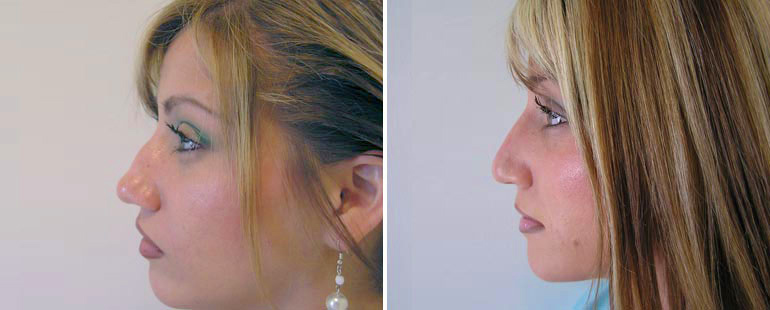Patients should be well prepared to relax and heal after their procedure for getting good outcomes from your Rhinoplasty Toronto surgery. The healing and aftercare phase is extremely critical and can affect everything from discomfort to long-term health problems. Before undergoing your rhinoplasty, the doctor will ask you some information like medical history, your expectations, and your mind set up for your recovery.
How to Prepare for Your Rhinoplasty Recovery?
After the surgery and going back home, you should stay at least the first day and night under an adult’s watchful eye. This person can make sure that you take pain-relieving medications on time and help you with your own physical activities.
After Surgery
The first 24 hours after your surgery are also the most important. You can feel puffiness, bruising, and swelling around the nose throughout the first day. Don’t worry, that’s perfectly normal.
Nasal Crusting
Using a saline spray or antibiotic ointment 4-6 times a day starting 24 hours after surgery, you can concur nasal crusting. This allows any sutures to be lubricated and avoids uneasy crushing.
Manage Swelling Appropriately
As bruising, swelling, and puffiness are common, it’s important to monitor it so that it solves fast. A cold compress or ice pack (wrapped in a towel) can apply 4-6 times a day to achieve this. It will help to alleviate swelling, but also should be handled gently within the first 24 hours.
The First Two Weeks
Your nose and skin around your nose are highly fragile and delicate, especially in the first two weeks after surgery. You may feel numb even after the dressing has been removed.
Don’t blow your nose, and avoid the most likely sneezing. Both may be painful to a curative nose by bleeding to disrupt recovery. Open your mouth while sneezing to mitigate damage to the nose when you feel sneezing and can’t get it disappearing.
The First Month
When the swelling and bruising is gone, you must avoid vigorous activity for at least two weeks. After the first month, you will feel nearly normal again a month after your rhinoplasty healing. You will return to daily life and hobbies. At this stage, much of the face swelling is gone. However, the nose will swell and will fluctuate throughout the day. A night taping routine can help control swelling.
Monitor Yourself for Symptoms
Sometimes, you may not heal properly. In such a case, you should take an eye on symptoms and call your surgeon. Here are a few symptoms:
- An elevated temperature (over 100°F)
- Reinjury
- Unusual bleeding
- Pain that gets worse, and isn’t relieved by medication

